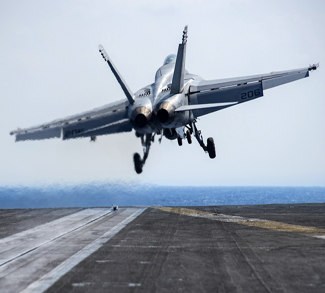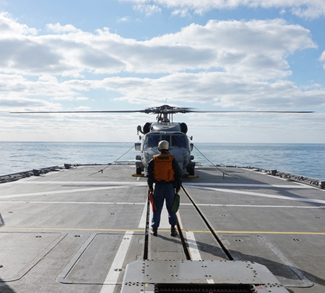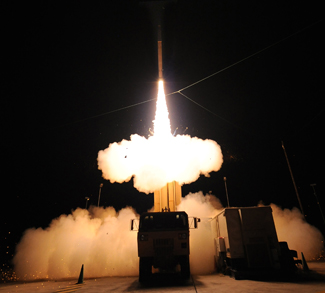Summary
What remains of the Obama administration’s Asia Pivot?
The policy foresaw a free trade push via the TPP, and a shift of US military and naval assets to the Pacific theatre in order to assure US allies in the region and contain a rising China. To help achieve these goals, the United States was to disengage from the Middle East by extricating itself from that region’s cascading conflicts. Yet under the watch of the Obama administration and its Asia Pivot, China embarked on an aggressive policy of land reclamation in the South China Sea, greatly expanding its power projection capabilities toward key shipping lanes via the Strait of Malacca. President Obama’s response was limited to ‘freedom of navigation operations,’ symbolic gestures of US defiance that were just that: symbolic. At the end of Obama’s term, the FONOPS appeared to have no effect in deterring China from its ongoing land reclamation activities.
Now enter President Trump, who campaigned on taking a much harder line on China, both in terms of trade issues and the South China Sea dispute. Trump Doctrine could signal a steep downturn in Sino-US relations, but with the TPP now dead in the water – will the US have any allies left to rely on in the region?




